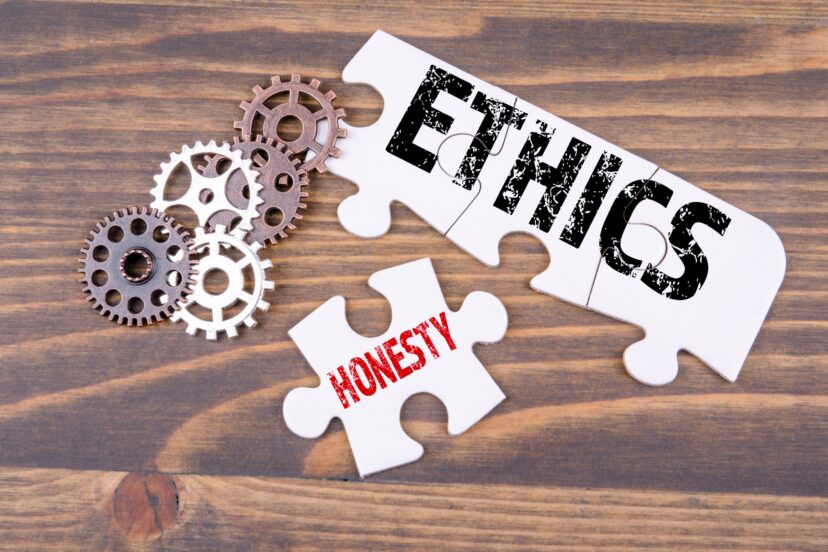Ethical Considerations Taking Photographs: A Guide
Introduction
As a photography enthusiast and advisor, I believe that ethical considerations are paramount when capturing moments through the lens. The art of photography not only allows us to create captivating images but also comes with a responsibility to respect the subjects, the environment, and the cultures we encounter. In this article, I will delve into the world of ethical considerations when taking photographs, offering suggestions and reasons for why these ethical guidelines should be embraced.
Understanding Ethical Photography
Defining Ethical Photography
Ethical photography involves adhering to a set of moral principles that guide the actions of photographers. It requires a commitment to honesty, respect, and responsibility in the pursuit of creating visually compelling images.
The Impact of Unethical Photography
Unethical photography can harm individuals and communities. Exploitative or invasive images can infringe on the rights and dignity of subjects, perpetuate stereotypes, or misrepresent reality. Therefore, understanding the ethical implications of your work is essential.
Consent and Respect for Subjects
Importance of Informed Consent
Obtaining informed consent from your subjects is a cornerstone of ethical photography. Always explain your intentions, how the images will be used, and respect the subject’s right to decline if they are uncomfortable.
Photographing Vulnerable Populations
When photographing vulnerable populations, such as refugees or individuals in distress, prioritize their well-being. Avoid sensationalism and ensure their privacy and dignity are protected.
Privacy and Personal Boundaries
Public vs. Private Spaces
Understanding the distinction between public and private spaces is vital. In public spaces, people may expect to be photographed, but in private settings, respect individuals’ desire for privacy.
Respect for Privacy
Avoid photographing people without their consent in intimate or vulnerable moments, even in public spaces. Respect their right to privacy and dignity.
Cultural Sensitivity with Ethical Considerations Taking Photographs
Capturing Diverse Cultures
When photographing different cultures, approach with sensitivity. Learn about the customs, traditions, and norms of the culture you are documenting.
Avoiding Cultural Stereotypes
Avoid perpetuating stereotypes or exoticizing cultures. Showcase the richness and diversity of a culture rather than reinforcing clichés.
Environmental Responsibility
Preserving Nature through Photography
Nature photography comes with a duty to protect the environment. Avoid trampling on fragile ecosystems and follow “Leave No Trace” principles.
Leave No Trace Principles
Leave minimal impact on the environment while capturing its beauty. Be aware of your footprint and encourage responsible behavior among fellow photographers.
Photo Editing and Manipulation
Honesty in Image Post-processing
Be transparent about post-processing. Avoid excessive editing that misrepresents reality. Maintain the integrity of the captured moment.
Avoiding Misleading Edits
Resist the temptation to alter images to fit a narrative. Misleading edits can deceive viewers and undermine trust in photography.
Social Media and Digital Sharing
Responsibility in Online Sharing
In the age of social media, be responsible when sharing your work. Consider the potential impact of your images on a global scale.
Giving Credit to Others
If you use others’ work or collaborate with fellow photographers, give credit where it’s due. Acknowledge their contributions to your projects.
Street Photography Ethics
Capturing Candid Moments Respectfully
Street photography can be compelling, but it should be done with respect. Seek permission when necessary and be discreet when capturing candid moments.Dealing with Confrontations
If confronted by subjects unhappy with being photographed, remain calm and respectful. Explain your intentions and, if needed, delete the photo.
Ethical Journalism Photography
Objectivity and Truthfulness
Journalistic photographers have a duty to report accurately and objectively. Avoid manipulation or staging to maintain the truth.
Minimizing Harm
Balance the need to document with the potential harm caused by your images. Consider the consequences of publishing sensitive content.
Commercial and Advertising Photography
Authenticity in Advertising
In commercial photography, authenticity is key. Avoid using deceptive tactics or presenting products or services in a misleading light.
Avoiding Harmful Stereotypes
Be conscious of cultural and gender stereotypes in advertising. Aim for inclusive and respectful representation.
Children and Minors in Photography
Protecting the Vulnerable
When photographing children or minors, prioritize their safety and well-being. Ensure that any interaction is supervised and consensual.
Parental Consent and Supervision
Obtain parental or guardian consent when photographing minors, and adhere to any legal requirements regarding child photography.
Conclusion
Ethical considerations taking photographs is not merely a set of rules; it’s a commitment to preserving the dignity, rights, and well-being of the subjects and communities we capture. By following these ethical considerations, we can create impactful images that respect both our subjects and the art of photography itself.
FAQs
1. What is the significance of informed consent in photography?
Informed consent ensures that individuals understand how their images will be used and have the choice to participate or decline.
2. How can photographers be more culturally sensitive in their work?
Cultural sensitivity involves learning about and respecting the customs and traditions of the cultures being photographed, avoiding stereotypes, and showcasing diversity.
3. What are the “Leave No Trace” principles in nature photography?
These principles encourage photographers to minimize their impact on the environment and protect fragile ecosystems while capturing their beauty.
4. Why is transparency in image post-processing important?
Transparent post-processing maintains the authenticity of images and preserves the trust of viewers.
5. What should photographers do when confronted by unhappy subjects?
When confronted, photographers should remain calm, explain their intentions, and, if necessary, respect the subject’s request to delete the photo.
Further reading
Check out our other relevant articles:
.
1. National Press Photographers Association (NPPA) Code of Ethics – The NPPA provides a comprehensive code of ethics for photojournalists and offers valuable insights into the ethical aspects of photography.
2. PetaPixel – The Ethics of Street Photography: A Comprehensive Guide – This article on PetaPixel delves into the ethics of street photography, providing a detailed guide for photographers interested in this genre.
3. 10 reasons to buy a camera from Amazon. Did you know that Amazon is one of the best places to buy cameras and camera gear?





Comments are closed.